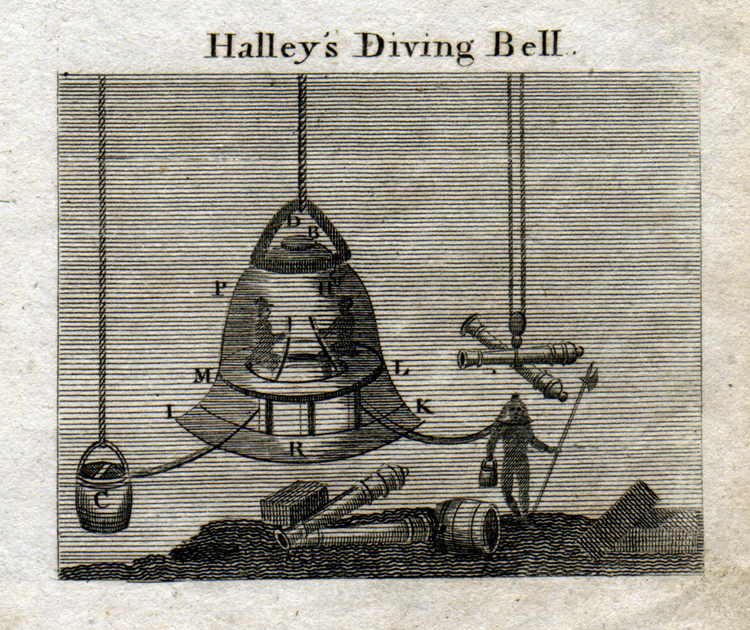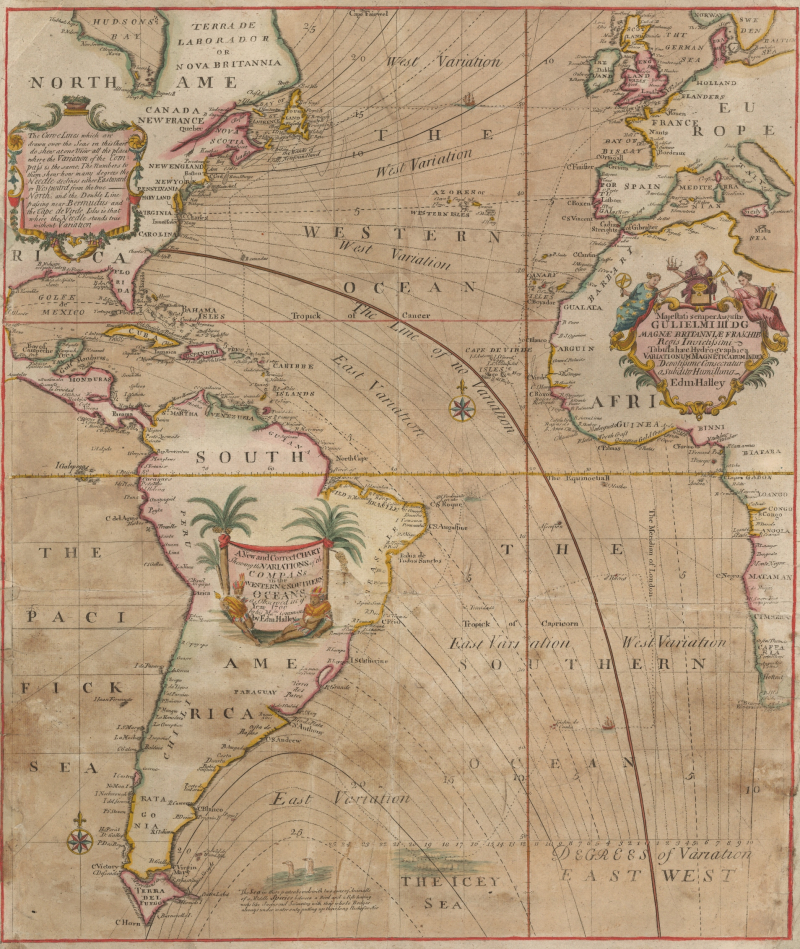Several contributions to mathematics, the science of geophysics, and cartography were made by Edmund Halley.
The father of the geophysical sciences, Edmond Halley, wrote influential works on tides, the origins of springs and fountains, and trade winds. In order to ascertain the rules governing the Earth's magnetic poles, he also created a general theory of magnetism and conducted tests. His passion for earth science includes meteorology, particularly the connection between weather and barometric pressure. Halley also had a keen interest in historical geology.
Aside from astronomy, Edmond Halley also wrote works in mathematics. Additionally, he worked on works about Apollonius and other historic geometricians. He and David Gregory worked together to complete the translation of Apollonius' conics. Halley was a social statistics pioneer as well. He also believed that optics was a branch of science that needed to be explored. Halley also engaged in research on navigation.
In addition to the techniques that he created to enhance his own astronomical computations, Halley's body of work also includes contributions to mapping, navigational devices, and military engineering. For instance, he wrote a paper in 1731 that described a more precise method of determining longitude using moon positions. Additionally, he came up with a technique for calculating longitude using magnetic declinations, which at the time had significant uses in mapping.
Cartography and navigation were two other areas of instrumentation that interested Halley. In his long career as a scientist, Edmond Halley created the diving bell for underwater research in 1691, assisted John Harrison in the creation of the first longcase clock in 1713, and refined the backstaff, a device for measuring the height of the sun. Additionally, Halley created a crude magnetic compass prototype that he demonstrated to the Royal Society's members in London.









